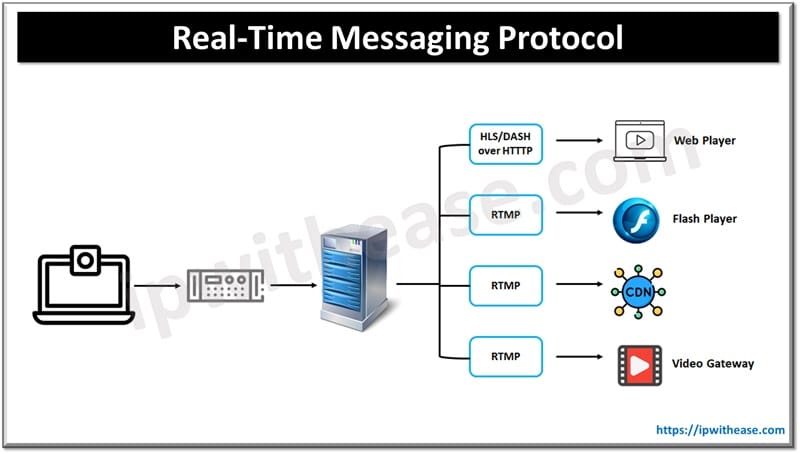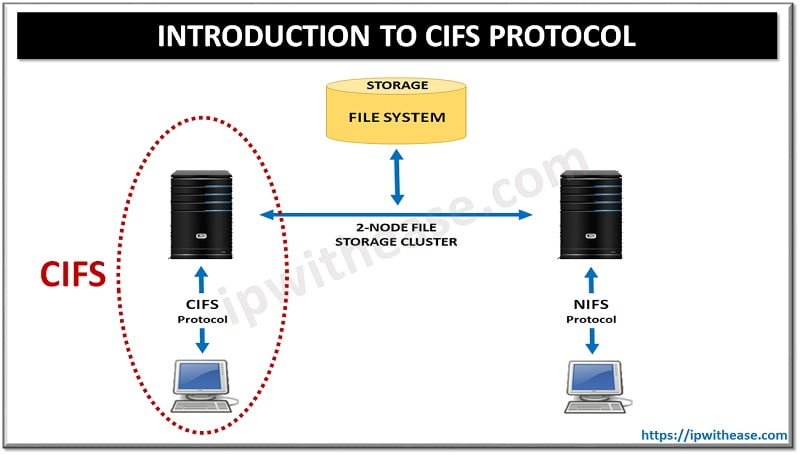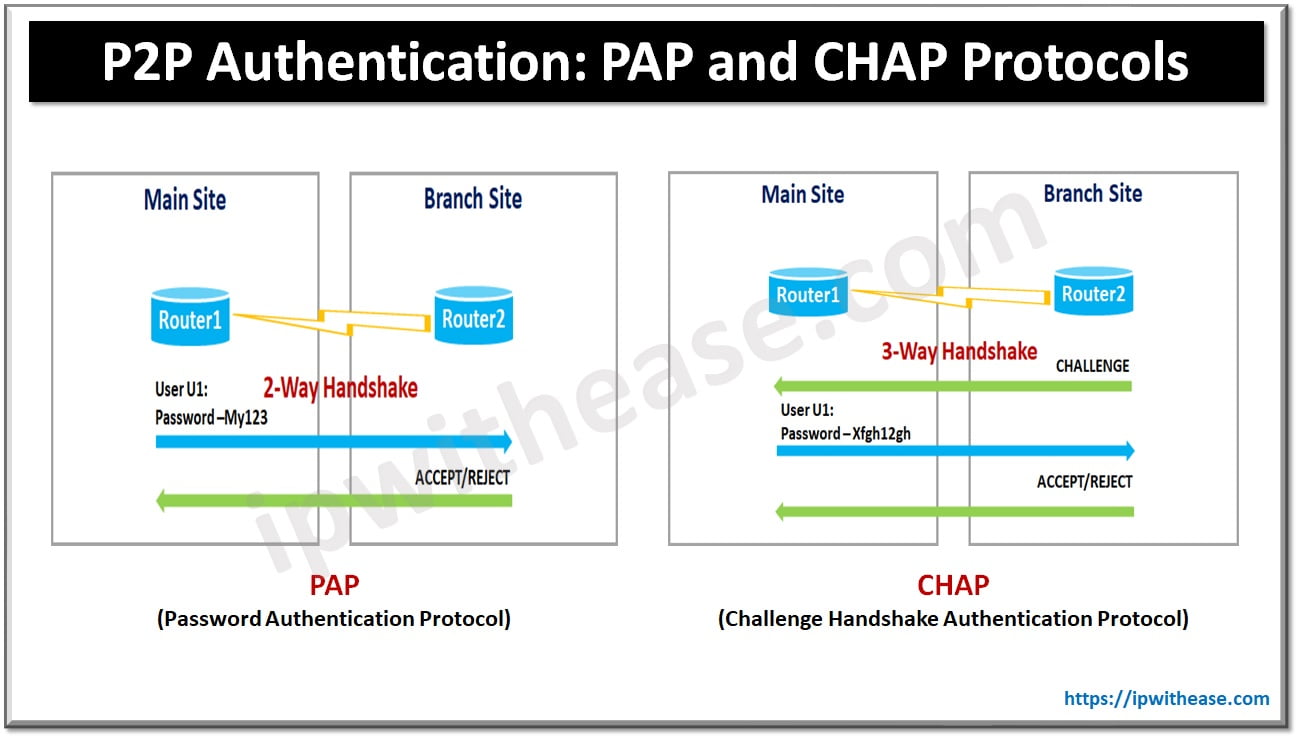Table of Contents
For smooth interactions in the fast-paced digital world of today, real-time communication is essential. Fast and dependable cross-platform exchanges are made possible by the revolutionary Real-Time Messaging Protocol (RTMP). This essay delves further into RTMP and how it improves real-time in-app messaging, enabling quicker and more engaging conversation than before.
Introduction
Real-time messaging is now a fundamental component of everything from social networking and gaming to customer service and online education, since the need for rapid communication has completely changed the digital world. To address these demands, the Real-Time Messaging Protocol (RTMP) became a potent instrument that facilitated quick and effective communication. Although RTMP was mostly used for video streaming in the early 2000s, it now enables a wider range of real-time messaging applications. RTMP serves as the foundation for the technology that enables immediate communication, whether you’re chatting or holding a live video conference.
For applications that demand great responsiveness, RTMP’s ability to provide data with little latency makes it irresistible. For systems that require live interaction, this protocol’s usage of TCP (Transmission Control Protocol) ensures steady, continuous data flows. Businesses and developers can fully utilize real-time in-app messaging (RTMP) as more applications adopt it by knowing how it operates and its special advantages.
Exploring Real-Time Messaging Protocol’s Core Features and Benefits
Real-Time Messaging Protocol (RTMP) Explained
Macromedia created the TCP-based RTMP protocol, which Adobe subsequently purchased. It was first intended for low-latency streaming of data, video, and audio. RTMP reduces latency and improves user experiences by breaking up streams into smaller, faster transmission chunks. Because the protocol is lightweight, applications may respond very instantly, which is essential for real-time communications.
RTMP operates through a three-part handshake process, establishing a connection between client and server to ensure data is transferred smoothly. This efficient setup supports seamless, interactive communication, a quality critical for instant messaging and streaming services.

Key Components of RTMP in Real-Time Messaging
RTMP’s architecture is divided into channels, enabling multiplexing where different data types (audio, video, text) can be sent simultaneously without compromising performance. By handling diverse data forms in parallel, RTMP supports the nuanced, layered communication essential in today’s applications, like gaming chats or collaborative tools.
Moreover, RTMP uses ‘chunks’ to break data into manageable sizes. Each chunked stream is sent with a timestamp, allowing perfect synchronization between audio, video, and text. For messaging, this guarantees a steady, reliable flow of information, helping users receive and respond instantly to messages without interruptions or delays.
How RTMP Powers Real-Time In-App Messaging
One of the standout features of RTMP is its role in in-app messaging, where fast exchanges are crucial for engagement. When users interact on a platform, RTMP ensures they can send and receive messages without waiting, preserving the immediacy of face-to-face communication. This is achieved by prioritizing low-latency transmission, making it ideal for applications requiring a conversational pace.
Real-time in-app messaging supported by RTMP also enables additional features like typing indicators, read receipts, and instant message delivery confirmations. These aspects provide transparency and a sense of immediacy, improving user satisfaction by fostering a responsive communication environment.
Benefits of Using RTMP for Real-Time Messaging
- Low Latency:
RTMP’s structure allows data to be delivered in near real-time, keeping users engaged and reducing frustration caused by delays. This low-latency characteristic is essential for messaging platforms where users expect responses instantly. - Enhanced User Experience:
By ensuring messages arrive quickly, RTMP creates a smooth, immersive experience for users. From customer service chats to social media interactions, RTMP’s reliable delivery builds trust in the platform and encourages active participation. - Scalability:
RTMP can handle high volumes of traffic, making it suitable for applications with millions of users. Whether it’s for a busy online forum or a large gaming platform, RTMP can scale effectively to accommodate spikes in user activity. - Versatility Across Media Types:
Macromedia created the TCP-based RTMP protocol, which Adobe subsequently purchased. It was first intended for low-latency streaming of data, video, and audio. RTMP reduces latency and improves user experiences by breaking up streams into smaller, faster transmission chunks. Because the protocol is lightweight, applications may respond very instantly, which is essential for real-time communications.
Overcoming Limitations of RTMP
Notwithstanding its advantages, RTMP has drawbacks, including compatibility issues with HTML5 and security issues. RTMP’s need on Flash has reduced its use, despite the fact that it is still a strong protocol for real-time messaging. RTMP is being supplemented by more recent modifications and other protocols, like as WebSockets and HTTP Live Streaming (HLS), which guarantee that apps may provide safe, real-time interactions while minimizing Flash’s drawbacks.
Real-Time Messaging Use Cases: From Social Apps to Live Streaming
Because of its great reliability and low latency, RTMP is essential in a variety of industries. Some of the most notable real-time messaging use cases that demonstrate its adaptability are as follows:
- Customer Support Chatbots:
Real-time support tools rely on RTMP to instantly connect users with assistance, providing seamless, interactive customer service experiences that increase satisfaction and retention. - Social Media Messaging:
Applications like Facebook and Instagram leverage real-time messaging for private conversations, group chats, and media sharing, all optimized by RTMP’s low-latency capabilities. - Gaming Platforms:
In gaming, fast communication is crucial for coordination and engagement. RTMP allows gamers to chat and strategize in real-time, adding a dynamic element that enhances gameplay and social interaction. - Live Video and Webinars:
RTMP was initially built for streaming, and it remains vital for video-based applications, where seamless, low-latency data transfer is critical. This includes webinars, online classes, and other interactive video content where engagement is enhanced by instant feedback and responses.
Summing Up
Any platform that prioritizes instantaneous, low-latency communication would benefit greatly from the Real-Time Messaging Protocol. The design of RTMP enables smooth in-app messaging, revolutionizing user interaction and connection. By powering everything from live streaming to customer service chats, RTMP continues to enable applications to deliver instantaneous, responsive experiences. As businesses strive to meet rising user expectations, understanding and utilizing RTMP can set platforms apart, offering a competitive advantage in providing high-quality real-time messaging.
ABOUT THE AUTHOR
IPwithease is aimed at sharing knowledge across varied domains like Network, Security, Virtualization, Software, Wireless, etc.



